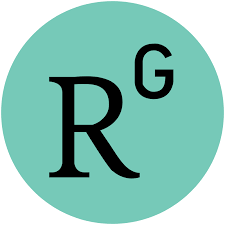An In-depth Exploration of Higher Education's Impact on the Role of Employment, and Wage Disparities in the Modern Workforce
Keywords:
Gender Studies, Wage, Employment Status, Income Brackets.Abstract
In increasing amount of empirical research in gender studies predominantly concentrates on the representation of individuals based on gender within various sectors. This study employs a survey-based descriptive approach to investigate gender dynamics among participants completing or in the final year of their master's degree programs at public universities in Punjab, with a focus on gender, education, and employment status. The sample includes 400 individuals from each category: those who completed their master's and those in the final year. Comprehensive statistical analyses, including multiple regression, correlation, t-test, and ANOVA, were applied to the collected data and presented using tabular and graphical formats. Results highlight wage variations across personal and job characteristics, demonstrating disparities in rural and urban areas, social groups, marital status, and education levels. Occupationally, technicians and clerical workers face notable differentials. The study utilizes documented salaries, dividing total pre-tax pay by annual work hours, to prevent assumptions about income inequality. Regression coefficients, presented as percentage alterations, account for variables such as race/ethnicity, citizenship, age, metropolitan status, and occupation. The study classifies students' scores into disagreed and agreed categories, revealing a majority strongly agreeing (79%) that higher education is for the world of work. Gender differences in perceiving higher education as a predictor of employment show minor but significant distinctions. The study delves into gender inequality in advanced degrees, highlighting a consistent pattern of disparities across income brackets. Despite progress in closing the gender wage gap in lucrative professions, disparities persist. Further research into specific professions indicates a narrowing gender wage gap, emphasizing the need for comprehensive evaluations of overlooked factors contributing to gender-based wage gaps. In conclusion, the study underscores the multifaceted nature of gender-based wage disparities influenced by various personal, educational, and occupational factors. It advocates for continued research, especially focusing on high-income earners, to address the persistent gender pay gap.








